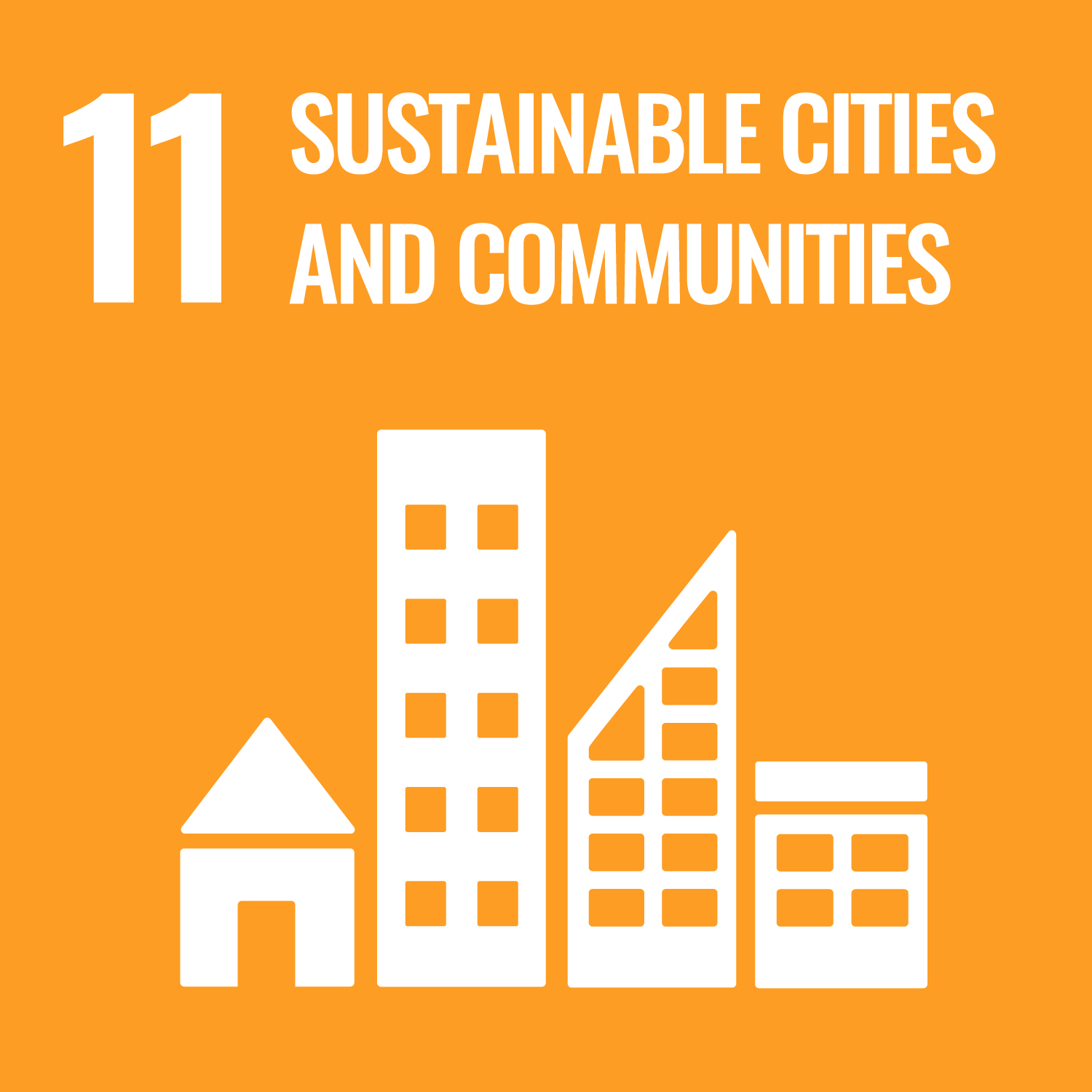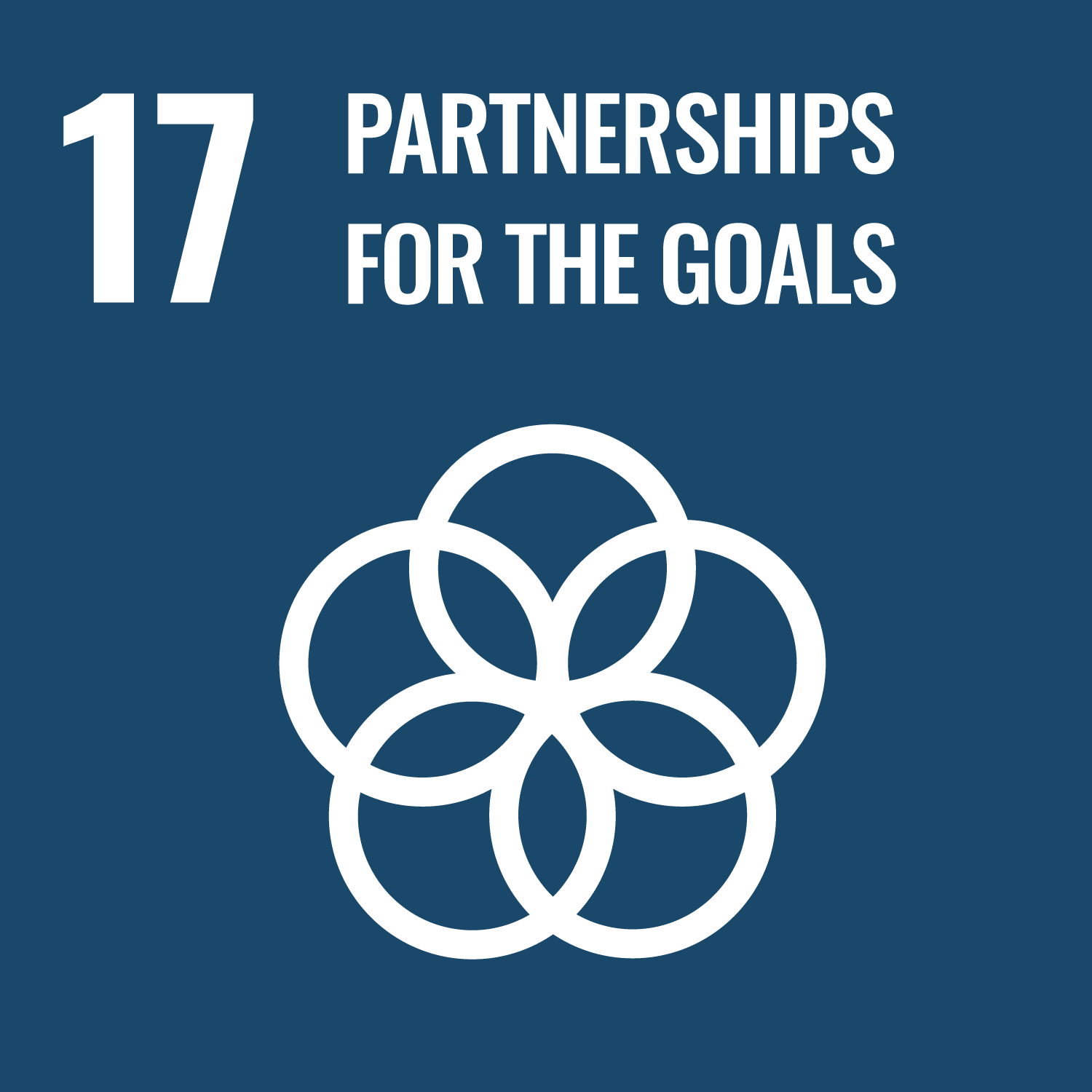In the course, students visit ongoing projects outside campus and conduct environmental survey or experiential and practical
activities to learn current environmental and social issues and policies. The course provides opportunities to learn the importance
and significance of the process of environmental and social system design and citizen's participation based on system thinking.
It is very important to see environmental problems by yourself in each field. This class is not classroom lecture but participatory and interactive. Students are required to understand the importance and significance of regional planning, town management and development, through environmental field survey, experiences and activities.
Students are expected to participate actively in group activities and responsible for all expenses related to traffic expenses.
!!! Notice for Japanese students !!!
The maximum number of registration is about 20 students.
The registration by international students and japanese students in international program have priority over other students.
If the number of students exceeds that, selection will be done based on the TOEIC score.
It is very important to see environmental problems by yourself in each field. This class is not classroom lecture but participatory and interactive. Students are required to understand the importance and significance of regional planning, town management and development, through environmental field survey, experiences and activities.
Students are expected to participate actively in group activities and responsible for all expenses related to traffic expenses.
!!! Notice for Japanese students !!!
The maximum number of registration is about 20 students.
The registration by international students and japanese students in international program have priority over other students.
If the number of students exceeds that, selection will be done based on the TOEIC score.
To understand environmental problems and urban problems properly, students have to participate not only the process of the
environmental activities but also various regional planning, in addition to gaining and absorbing knowledge. Environment is
closely tied to regional planning. Independent-minded learning is very important to understand issues and solutions. System
thinking is effective to work on environmental issues.
- Students can understand issues of Japan’s environment, society and economy through the field work.
- Students can understand policies of Japan’s environment, society and economy through the field work.
- Students can understand the importance and significance of regional planning, town management and development through environmental field survey.
- Students will be able to achieve the ability to make presentation in English through class activities.
| Class schedule | HW assignments (Including preparation and review of the class.) | Amount of Time Required | |
|---|---|---|---|
| 1. | Environmental field survey on Sanya town Part 1 | Making out a report of each field survey | 45minutes |
| 2. | Environmental field survey on Sanya town Part 2 | Making out a report of each field survey | 45minutes |
| 3. | Environmental field survey on Sanya town Part 3 | Making out a report of each field survey | 45minutes |
| 4. | Environmental field survey on Sanya town Part 4 | Making out a report of each field survey | 45minutes |
| 5. | Environmental field survey on Ikebukuro town Part 1 | Making out a report of each field survey | 45minutes |
| 6. | Environmental field survey on Ikebukuro town Part 2 | Making out a report of each field survey | 45minutes |
| 7. | Environmental field survey on Ikebukuro town Part 3 | Making out a report of each field survey | 45minutes |
| 8. | Environmental field survey on Ikebukuro town Part 4 | Making out a report of each field survey | 45minutes |
| 9. | Environmental field survey on Omiya International secondary school Part 1 | Making out a report of each field survey | 45minutes |
| 10. | Environmental field survey on Omiya International secondary school Part 2 | Making out a report of each field survey | 45minutes |
| 11. | Environmental field survey on Omiya International secondary school Part 3 | Making out a report of each field survey | 45minutes |
| 12. | Environmental field survey on Omiya International secondary school Part 4 | Making out a report of each field survey | 45minutes |
| 13. | Final Presentation Part 1 | Making out a report of each field survey | 45minutes |
| 14. | Final Presentation Part 2 | Making out a report of each field survey | 90minutes |
| 15. | Final Presentation in English Part 5 (Nakaguchi and Masuda) | Making out a report of each field survey | |
| Total. | - | - | 675minutes |
| Reports | Presentation | Total. | |
|---|---|---|---|
| 1. | 12% | 12% | 24% |
| 2. | 12% | 12% | 24% |
| 3. | 13% | 13% | 26% |
| 4. | 13% | 13% | 26% |
| Total. | 50% | 50% | - |
Student have to participate in all of the following three programs, and final presentation (Online).
- Field survey on Sanya town (Students have to go Sanya town)
- Field survey on Ikebukuro town (Students have to go Ikebukuro town)
- Field survey on Omiya International secondary school (Online)
*No alternative is prepared.
Student is requested to participate in all the three programs and final presentation, submit three reports.
We evaluate the quality of report submitted and final presentation.
Each program is evaluated on a 100-point scale. The minimum point requested to acquire the course credit is 240 points (60%).
Your final grade will be calculated according to the following process:
- Report(50%)
- Presentation (50%)
- Field survey on Sanya town (Students have to go Sanya town)
- Field survey on Ikebukuro town (Students have to go Ikebukuro town)
- Field survey on Omiya International secondary school (Online)
*No alternative is prepared.
Student is requested to participate in all the three programs and final presentation, submit three reports.
We evaluate the quality of report submitted and final presentation.
Each program is evaluated on a 100-point scale. The minimum point requested to acquire the course credit is 240 points (60%).
Your final grade will be calculated according to the following process:
- Report(50%)
- Presentation (50%)
- Please contact lecturers for their office hour directly or via e-mail
- Tursday lunch hour(first semester), Wednesday lunch hour(second semester)
- Course that cultivates an ability for utilizing knowledge
- Course that cultivates a basic problem-solving skills
| Work experience | Work experience and relevance to the course content if applicatable |
|---|---|
| Applicatable | まちづくりや建築設計業務に従事していた実務経験のある教員がまちづくりに求められる考え方を教授する。企業や自治体・研究所などの学外機関の協力を得て実習を実施し、実務経験者が指導や授業に関わり実践的教育を行う。 |



- 4.QUALITY EDUCATION
- 11.SUSTAINABLE CITIES AND COMMUNITIES
- 17.PARTNERSHIPS FOR THE GOALS
Last modified : Thu Sep 24 04:03:21 JST 2020

